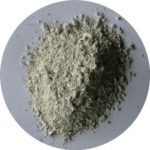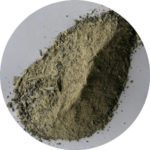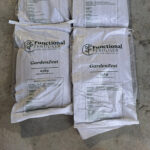It’s easy to fixate on detail and become embroiled in meaningless debate. I’ve been at discussion groups when people wanted to claim that an Olsen P level of 25 was better than one of 15, or the ideal soil pH is 6.3 rather than 5.9.
Any soil test number is meaningless until put into context. There’s a large amount of extra information required before any single measure is worth spending thinking time on.
Fertiliser costs money and of late it’s become increasingly expensive, a situation that is unlikely to change this autumn, therefore it’s essential to know what the aim of applying fertiliser is.
In the short term if there’s not available money, or it can be put to better use, sitting tight might be the best option.
Where fertiliser has been regularly applied phosphorus inputs will almost certainly be higher than maintenance and not applying this autumn is unlikely to limit production over winter and spring.
Potassium falls into the same category. Plant availability of potassium when soils are sufficiently moist for maximum growth is likely to be adequate over autumn, winter and early spring.
It’s not so clear cut with sulphur, particularly in the South Island on low ASC soils, typical of all but volcanic soils.
Under heavy rain, plant available sulphur can leach rapidly and unless elemental sulphur has been regularly applied, a growth limiting sulphur deficiency could occur in spring.
Withholding nutrient inputs for longer is likely to be false economy with the cost of lost production greater than the money saved.
As fundamental to optimum growth as the nutrient status of the soil, is the rate at which nutrient is being cycled. Early research identified and much has been written on the factors that influence the Rapid Organic Cycle (ROC).
Essentially, it’s the speed at which nutrient from unavailable sites becomes available for plant uptake that’s important which in turn is reliant on the activity of beneficial biology.
Depending on which nutrient is the focus as little as 1% is plant available and seldom more than 5% at any point in time.
There are two factors that have a major impact on nutrient cycling that farmers can influence.
One is physical soil structures. Ideally soil should contain 25% air and to achieve that it is essential that there is a sufficient interval between grazings for soil to regain their optimum structure.
In periods of excess rain animals will cause damage, it’s inevitable with the only choice being whether the mess is confined to a small area that can be sorted at a later date, or creating a lesser problem over a larger area.
Spreading animals out means the damage is less obvious, and natural recovery will follow however there will be some impact on future growth during that time.
The other is ensuring sufficient calcium to maximise beneficial fungi, bacteria, and earthworm activity.
Functional Fertiliser makes CalciZest, a product proven over 25 years to stimulate soil biology, increase clover growth and improve physical soil conditions.
Due to the inclusion of a wide range of beneficial soil microbes the response is rapid with a greening in pasture often obvious within 3 weeks after application provided there’s sufficient moisture for strong growth.
It is the release of nutrient from dung, old root, and leaf on the soil surface that provides the nutrients, including nitrogen, for strong autumn growth.
After a summer dry spell beneficial soil biology is at a low ebb and by applying calcium along with immediately active beneficial soil microbes an increase in the speed of pasture recovery is guaranteed.
For more information call Peter on 0800 843 809.
February 2023




